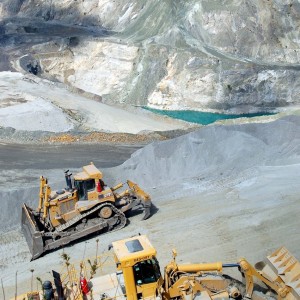The Bay Area Air Quality Management District voted unanimously on Wednesday to tighten regulations on the Lehigh Permanente cement plant in Cupertino.

The new rules, will cut the plant’s mercury emissions by 90% by 2013, according to BAAQMD engineers. Currently the plant emits more mercury into the Bay Area air than any other facility.
BAAQMD engineers say the rules will also limit other pollutants from the plant, which include, dust, benzene, ammonia, hydrocarbons, dioxins and nitrogen oxides.
Neighbors, including city council members, asked the district to immediately draw up even tighter regulations.
“Right now this is the only plant in the country that is located in a metropolitan area and its exhaust plums are literally raining down on our citizens of the entire South Bay,” said Los Altos Hills Vice Mayor Gary Waldeck.